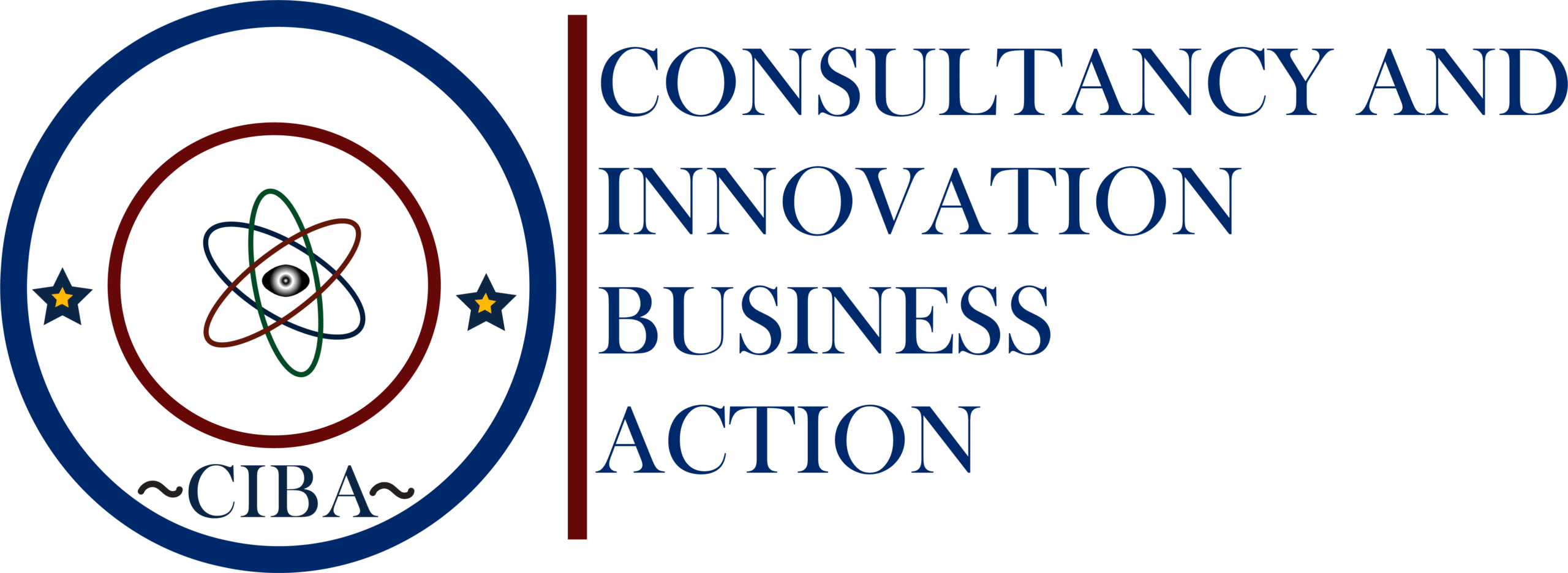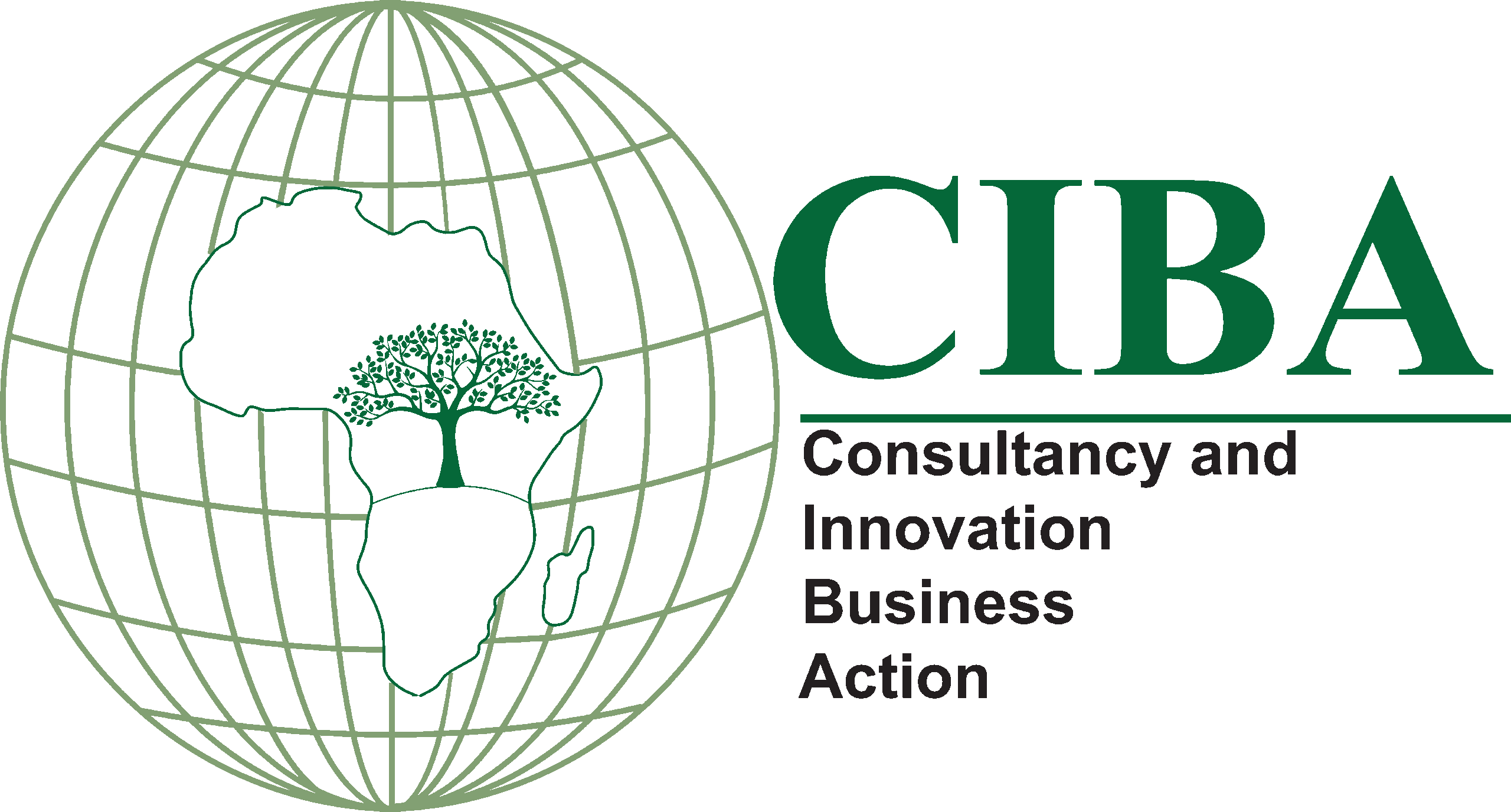CIBA designs table that builds upon a project/programme’s logframe to detail key M&E requirements for each indicator and assumption. It summarizes key indicator (measurement) information in a single table: a detailed definition of the data, its sources, the methods and timing of its collection, the people responsible and the intended audience and use of the data.
CIBA use assess the availability of secondary data as an important consideration for data sources is the availability of reliable secondary data.
CIBA determines the balance of quantitative and qualitative data when planning for data collection, it is important to plan for the extent quantitative and qualitative data will be used.
CIBA use Triangulate data collection sources and methods as the process of using different sources and/or methods for data collection. Combining different sources and methods (mixed methods) helps to cross-check data and reduce bias to better ensure the data is valid, reliable and complete. The process also lends to credibility if any of the resulting information is questioned. Triangulation can include a combination of primary and secondary sources, quantitative and qualitative methods, or participatory and non-participatory techniques.

